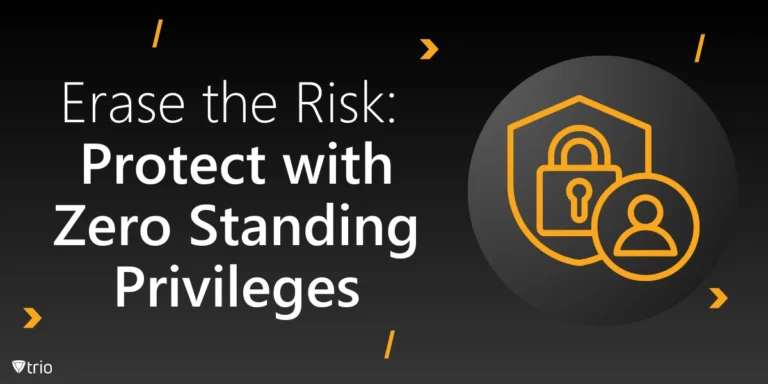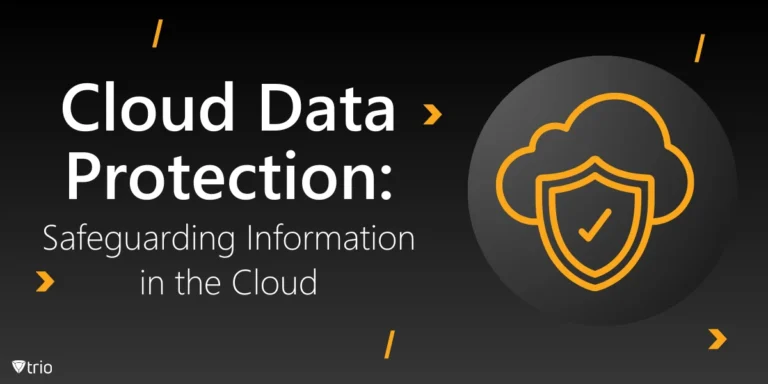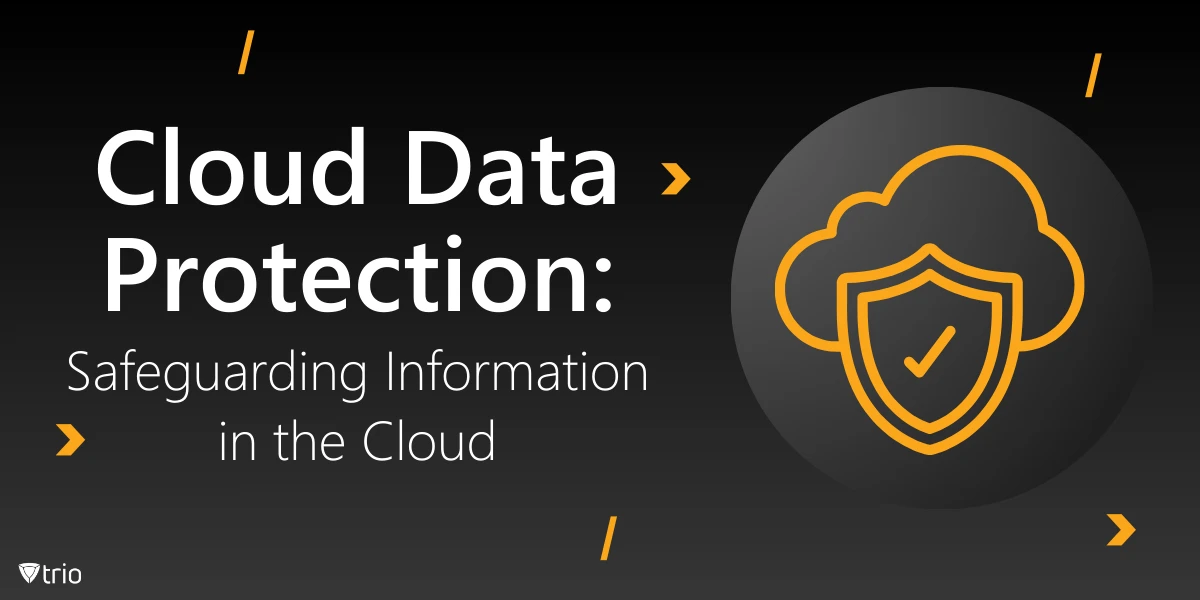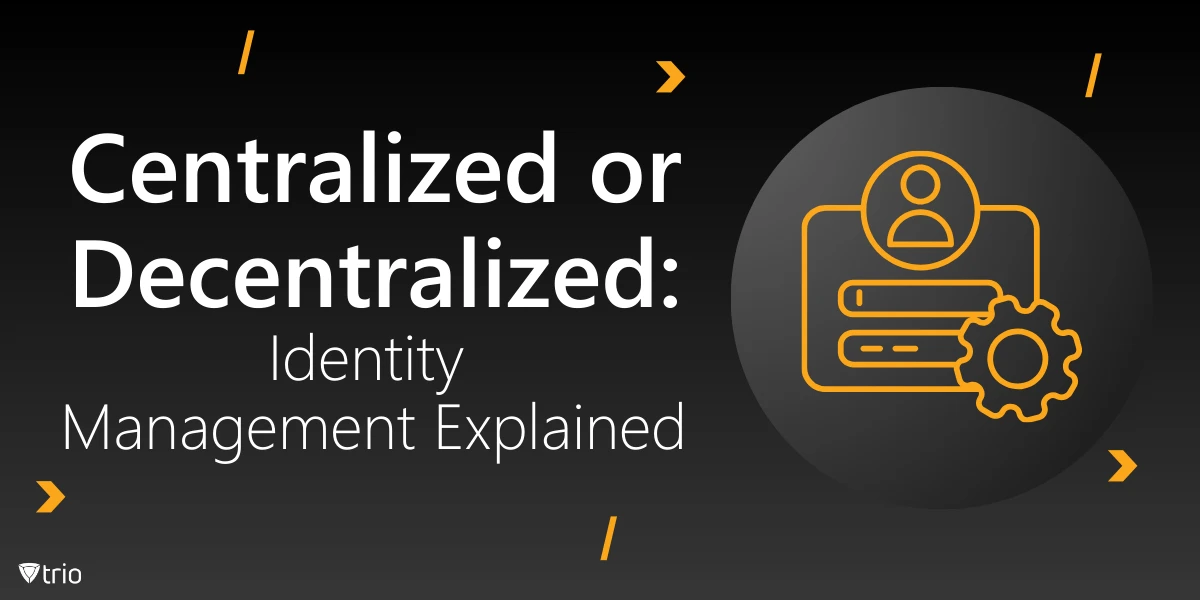In a digital age where cybersecurity threats are constantly evolving, the recent RockYou2024 password leak has emerged as a significant concern for both individuals and businesses alike. Unveiled on the Fourth of July by a user named “ObamaCare” on a prominent hacking forum, RockYou2024 is being dubbed the largest password leak in history, exposing a staggering 9.9 billion unique passwords in plain text. This breach marks a critical point in cybersecurity, underscoring the relentless pace at which digital threats are evolving.
The Scale of RockYou2024
To appreciate the gravity of RockYou2024, one must consider its sheer scale. With nearly 10 billion compromised passwords, this data dump dwarfs its predecessor, RockYou2021, which contained 8.4 billion passwords. Despite the fact that RockYou2024 is primarily a compilation of previously leaked passwords, it poses a significant threat due to its vast and updated nature. According to Cybernews, the first outlet to report on this massive compilation, the implications of such a breach are far-reaching, affecting online platforms, offline services, internet-facing cameras, and even industrial hardware.
Implications for Businesses
For businesses, particularly those managing corporate devices, the RockYou2024 leak presents a pressing challenge. The potential for brute-force attacks using this extensive password list is immense. When combined with other leaked databases containing email addresses and personal information, the risk of data breaches, financial fraud, and identity theft escalates dramatically.
Proactive Measures for Protection
In light of this massive leak, businesses must adopt proactive measures to safeguard their digital assets. Here are some critical steps that your organization can take:
Regularly Change Passwords: Encourage employees to update their passwords frequently, ensuring they use strong, unique passwords for all accounts. Utilizing a password manager can help securely store these passwords.
Implement Two-Factor Authentication (2FA): Enabling 2FA adds an extra layer of security to accounts, making it significantly harder for unauthorized users to gain access.
Conduct Regular Security Audits: Regularly auditing security protocols and systems can help identify and rectify vulnerabilities before they are exploited.
Educate Employees on Phishing Risks: Training employees to recognize and avoid phishing attempts is crucial. Phishing remains one of the most common methods for cybercriminals to gain access to sensitive information.
Utilize Advanced MDM Solutions: Deploying robust MDM solutions like Trio can streamline the management of corporate devices, ensuring they are secure and compliant with the latest security standards.
Monitor for Unusual Activity: Keeping an eye on network activity and setting up alerts for any unusual behavior can help detect and respond to potential threats quickly.
The Role of Technology in Mitigating Threats
Advanced technology solutions play a pivotal role in mitigating the risks associated with such extensive data breaches. For instance, use AI-powered MDM technology for real-time protection against evolving threats. This technology provides early alerts if corporate devices are stolen, helping to prevent potential breaches before they occur.
Moreover, personal data cleanup tools can scour the web for traces of personal information and assist in removing it, enhancing online privacy. Such technologies are invaluable for businesses looking to protect their digital identity and maintain a robust cybersecurity posture.
Conclusion
The RockYou2024 password leak serves as a potent reminder of the ongoing cybersecurity battles faced by individuals and businesses. While it predominantly consists of recycled material from past leaks, its updated and maintained list underscores the need for vigilance and proactive security measures. By implementing strong password management practices, enabling two-factor authentication, conducting regular security audits, and leveraging advanced MDM solutions like Trio, your business can better protect itself against ever-evolving digital threats.
For more information and to stay updated on the latest cybersecurity news, visit our blogs.
Know about news
in your inbox
Our newsletter is the perfect way to stay informed about the latest updates,
features, and news related to our mobile device management software.
Subscribe today to stay in the know and get the most out of your mobile
devices with our MDM solution app.
Recent Posts

Erase the Risk: Protect with Zero Standing Privileges
Learn how zero standing privileges eliminate persistent access rights, enhance data security and reduce the risk of unauthorized access.

Understanding Access Control Types in Cybersecurity w/ Examples
Thorough understanding of access control types & the knowledge to make informed decisions about implementing security measures in your organization.

Cloud Data Protection: Safeguarding Information in the Cloud
Learn essential strategies for robust cloud data protection, exploring tools, best practices, and policies that safeguard sensitive information.





